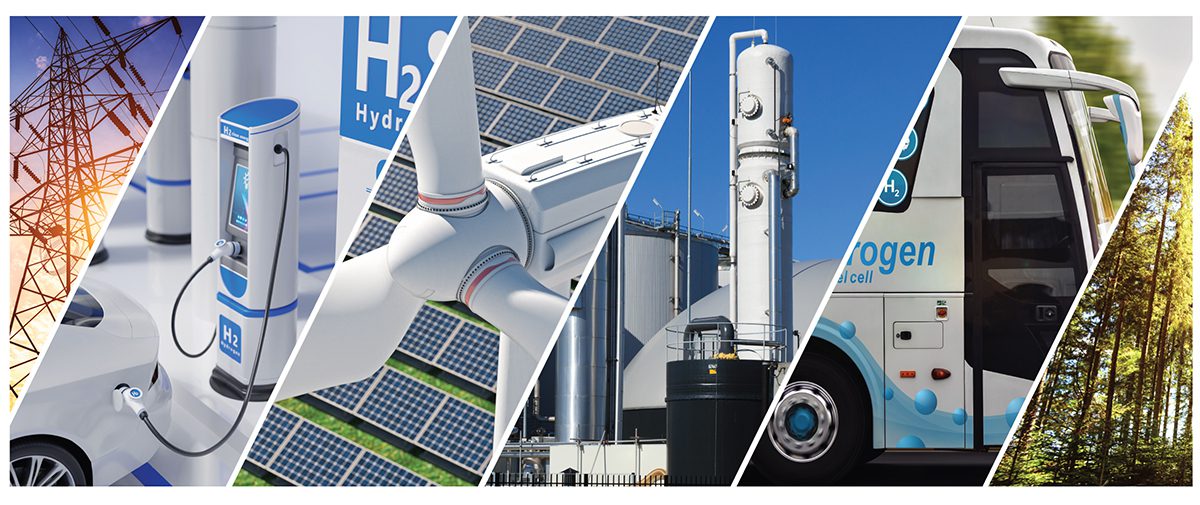As California dives deeper into the colossal effort to achieve carbon neutrality in the world’s seventh largest economy by 2045, the challenges to this important goal become ever more apparent. What is becoming clearer is that electrons, alone, do not provide the reliability, flexibility or economic feasibility to achieve the state’s important air quality, climate protection, energy resilience and sustainable economic development goals. California needs renewable molecules as well, and renewable hydrogen is poised to help solve some big impediments to a clean energy future.
Hydrogen is well suited to fill many of the gaps that are becoming increasingly glaring in the state’s approach to climate protection. For example, hydrogen can deliver long-term and seasonal energy storage solutions, support resilience and diversification for the power grid, power long-range commercial goods movement, and facilitate the decarbonization of energy intensive industries. These are all needs that can’t be effectively addressed with a battery-electric strategy. To fill these gaps, the opportunity now presents itself to take major steps to harness renewable hydrogen, both in terms of production, and availability of technologies that use hydrogen for fuel.
Hydrogen is well suited to fill many of the gaps that are becoming increasingly glaring in the state’s approach to climate protection.
Hydrogen technologies are here but scaling up solutions will require policy solutions. For example, private sector investment in both renewable hydrogen production and deployment of hydrogen fueled end uses will increase with policy support. The price of hydrogen will decrease with the right market signals, which are encouraged with public incentives. In the transportation sector, hydrogen vehicles are likely to proliferate with encouragement from the government to install more hydrogen fueling stations. And if we want to decarbonize heavy industry, we need better policies to promote the development of hydrogen industry hubs.
The number of stakeholders interested in hydrogen continues to grow. Solar power wasted through curtailment means that electric utilities and solar developers are increasingly interested in electrolytic hydrogen production as a means of storing that energy. With zero-emission goals looming in the transportation sector, fleet operators want solutions that meet the duty cycle needs of sectors like long-haul trucking. Communities are seeking ways to create dependable microgrids so they can insulate themselves from system-wide outages and power safety shut offs. The list goes on, and pioneers that are developing hydrogen and fuel cell technologies are in a good place to scale up capacity with greater support from Sacramento.
Solar power wasted through curtailment means that electric utilities and solar developers are increasingly interested in electrolytic hydrogen production as a means of storing that energy.
These topics are leading California policymakers to seek opportunities to learn what they can do to diversify and increase the cost effectiveness of the state’s strategy to combat climate change and improve air quality. This interest is the impetus for a new symposium to discuss policies that can promote the development of a hydrogen energy economy — the California Hydrogen Leadership Summit — which has been scheduled for June 7, 2022, in Sacramento.
The Summit, hosted by the California Hydrogen Business Council and GNA, will connect policymakers with experts and stakeholders from California’s backbone industries to explore the issues and develop policy action in 2022.



